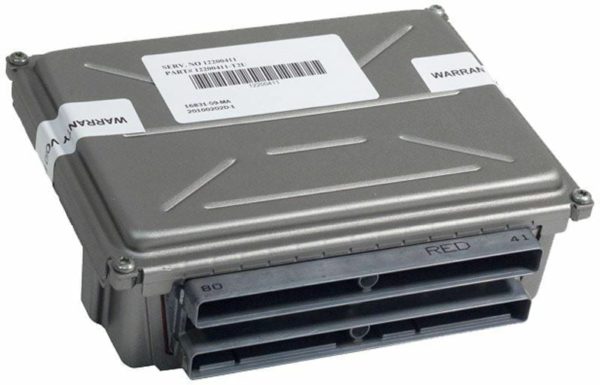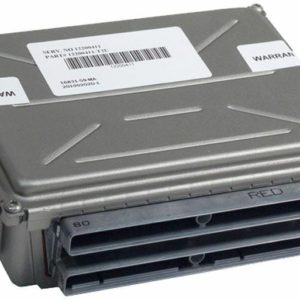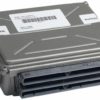Is Your GM Truck or Van Running Rough? It Could Be The PCM.
If your 2001-2002 Express 1500, or another GM vehicle from that era, is suddenly giving you fits—like erratic shifting, a rough idle that won’t go away, or a frustrating no-start condition—the problem often points directly to the heart of the electronics: the Powertrain Control Module (PCM). Over my 20+ years turning wrenches and diagnosing these exact vehicles, I’ve seen countless PCMs fail, leaving owners stranded and confused. The check engine light might be on with a flurry of codes, or it might not be on at all, making diagnosis tricky for the average DIYer.
The Technician’s Perspective: Common Symptoms of a Failing GM PCM
When a vehicle from this generation rolls into my bay, the symptoms are often a dead giveaway. The PCM, also known as the Electronic Control Module, is the brain managing both the engine and transmission. When it starts to go, the whole vehicle suffers. Here’s what I typically see:
- ✔ No Communication: My professional scan tool can’t connect to the PCM. This is a classic sign the module itself is offline.
- ✔ Harsh or No Shifting: The 4L60E or 4L80E transmission might slam into gear or get stuck in one gear (often ‘limp mode’) because the PCM isn’t sending the right signals to the solenoids.
- ✔ Engine Stalling or No-Start: The PCM controls fuel injectors and ignition coils. If it fails, it can cut fuel or spark intermittently or entirely, causing the engine to stall while driving or refuse to start.
- ✔ Persistent Check Engine Light: You might see codes like P0601 (Internal Control Module Memory Check Sum Error), which is a direct condemnation of the PCM’s internal processor, or a host of other communication or sensor circuit codes.
Expert Pro Tip: Check Your Grounds First!
Before you condemn the PCM, take 10 minutes to check and clean the main engine and chassis ground connections. On these GM trucks and vans, a corroded or loose ground strap (especially the one near the thermostat housing or on the back of the cylinder head) can cause bizarre electrical issues that perfectly mimic a failed PCM. I’ve saved customers hundreds of dollars with just a wire brush and a wrench. A bad ground can also damage a new PCM, so it’s a critical step for a lasting repair.
The Solution: A Reliable, Pre-Programmed PCM
This isn’t just a replacement part; it’s a complete, ready-to-install solution. We take a quality, tested PCM and flash it with the latest, most stable software calibration from General Motors, tailored specifically to your vehicle’s 17-digit Vehicle Identification Number (VIN). This is the exact process a dealership would perform, but without the hassle or high cost.
Why is this so important? Your VIN tells us everything we need to know: the engine size (4.3L, 5.3L, 6.0L), transmission type, axle ratio, and any specific emissions equipment. Programming the PCM with this data ensures that everything works exactly as the factory intended. This eliminates guesswork and compatibility problems.
Guaranteed Compatibility and Easy Installation
This PCM, part number 12576160, is a direct replacement for a massive range of GM vehicles from the early 2000s, including the Silverado, Sierra, Tahoe, Yukon, Suburban, and many more. It is also a direct replacement for service numbers 12200411, 12201281, and 52369718. After you place your order, simply provide us with your VIN, and we handle the rest.
Installation is straightforward:
- ✔ Disconnect the battery. This is the most important first step.
- ✔ Locate your old PCM. On Express vans, it’s typically in the LH rear of the engine compartment. On trucks, it’s usually under the battery tray on the driver’s side.
- ✔ Unplug the connectors and unbolt the module.
- ✔ Install the new PCM, reconnect the connectors, and reconnect the battery.
In most cases, you’ll need to perform a simple security relearn procedure (often called a Passlock or VATS relearn), which takes about 30 minutes and requires no special tools. This syncs the new PCM to your vehicle’s anti-theft system. Once that’s done, you’re ready to start the engine and get back on the road with confidence.


